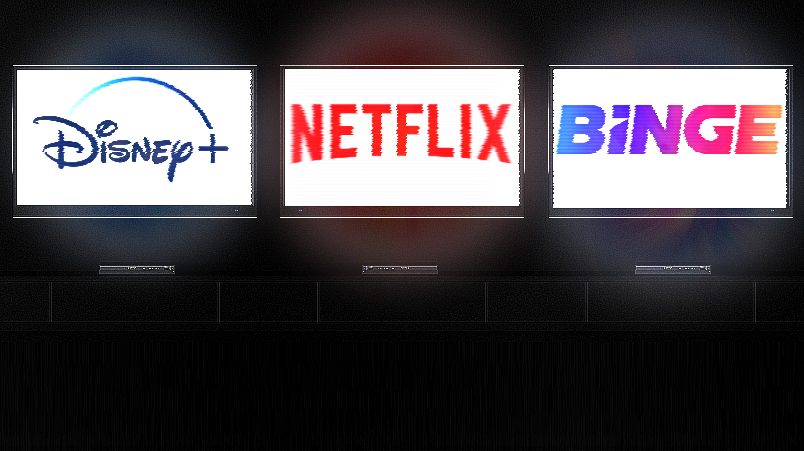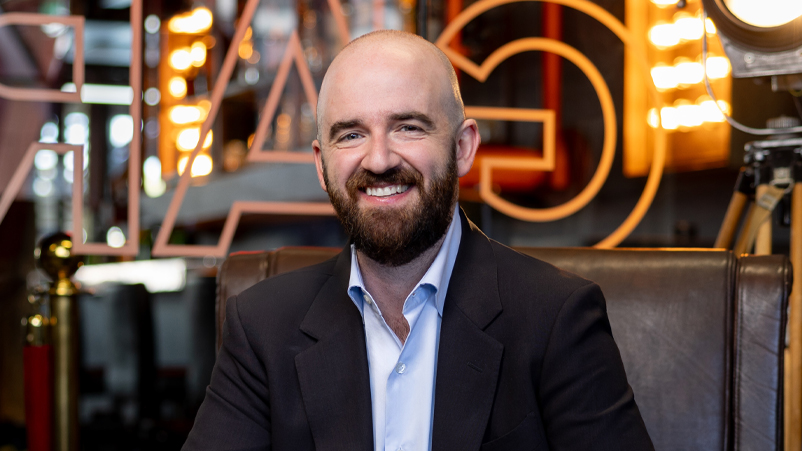Streaming bad: Netflix ad tier launch bombs; Foxtel’s Binge sells out for ad phase launch; Disney+ ads slated for mid-year

Netflix’s first foray into advertising has bombed with Australian take-up of its $6.99 "Basic with Ads" subscription package missing pre-launch projections by 50-70 per cent. Media agency holding groups, representing blue chip advertisers and brands, each outlayed $6m or more for 12 months access to new ad tier subscribers. Back of envelope calculations put subscriber numbers to Netflix’s ad tier package at 75,000-90,000 - it launched in November last year.
The big leap by Netflix to launch a cheaper advertising-subsidised subscription tier has faltered with subscriber numbers and advertising volumes down by half to three-quarters of what the powerhouse streaming service indicated to advertisers it would achieve here prior to launch in November 22.
The five major media buying groups which committed a minimum of $6m each - some are said to be more - to access the Netflix launch for the first year say they’re not concerned. They see early signs that subscriber take-up for the new ad tier is gathering pace – but lamented the lack of marketing and promotional support by Netflix for its big play.
“What we tried to buy could only be delivered by half,” one agency exec told Mi3. “So of the 100 per cent of what we were offered in terms of impressions, we could only get 50 per cent away.”
Lucy Formosa Morgan, Managing Director of Mediabrands-owned investment unit, Magna Global would not put a figure on the Netflix shortfall, only that her group was not yet getting the level of ad spots it signed up for. “The launch has underperformed on projections," she said. "But it will build."
Pearman Media’s Strategy & Research Director, Steve Allen, said few if any advertisers and media agencies have struck deals with a major media player without a baseline audience since Foxtel launched 30 years ago.
“No-one’s ever been in this new green media pasture,” he said. “They’ve got to make these things up. We found it very difficult to make contact with Netflix – and when we did they said you’ve got to have $500k. We were not prepared to do that. Neither side has got their numbers right.”
Conversely, Foxtel’s plan to introduce advertising on its Netflix counter-offensive for Binge in March or April has sold out with 20 launch partners. It's promising a baseline audience at launch of circa 400,000 and an estimated 100 million ad spots in its inventory, per media buyers. Both streamers are keeping ad loads to about 4 mins per hour - a third of free-to-air TV ad volumes. Netflix is frequency capping individual brands at two ads per user per day and five per week. Binge is capping ads at one per hour per user.
Netflix at present has an estimated 10-11 million ad impressions available in total for February to its launch partners, all of which say is at least half the volume they expected. “If you’ve got 10-11 million impressions you have got a very, very small audience,” said one exec.
Omnicom Media Group (OMG) Chief Investment Officer Kristiaan Kroon told Mi3: “Netflix will get all the headlines but Binge will be the player that comes to market with streaming advertising scale for 2023. We’ve had some very positive conversations with Binge. The challenge Netflix has with audience is like any ad sales business when it takes on board packages they are selling: You want to make sure you’re building confidence in the market quickly.”
Still, Kroon said OMG was a launch partner with Netflix for its ad tier service. Although it is under-performing on audience numbers and delivery of ad spots, there are signs of a pick-up. He said Microsoft-owned Xandr, which holds the global sales contract to sell Netflix ads, took a “quite well developed commercial approach here” and had “kept any issues to a minimum” on the faltering launch.
“Our strategic insights team said take up might be slow and that’s what we’re seeing. We are also seeing it start to kick-in. It’s now building quite quickly but off a low base. Netflix was the first SVOD provider to launch an ad tier to access this audience, so Omnicom’s view is you want to follow the audience over time. You’ve got to accept in that new build phase some will work better than others.”
Binge, Disney next
The arrival of Netflix and Binge into the ad business and market expectations that Disney+ will launch its own ad-subsidised package around mid-year highlights the different commercial models being rolled out by SVOD players. Binge and Disney+ are introducing ads into their existing entry-level packages while Netflix has opted to build an ad tier audience base from scratch.
“Watching how Netflix approach it, how Disney+ approach it, our experience says you’ve got to launch with an audience,” Foxtel Media’s CEO Mark Frain said in a keynote to a Future of TV Advertising conference in London recently. “And you’ve got to be able to deliver on that audience for advertisers ... period. Netflix has been talking about record sales in terms of partnerships and advertisers coming on board – I’m not surprised given the excitement, even when there isn’t an audience to buy. It will be interesting see what the impression delivery is like.”
Frain said the emerging SVOD ad category was generating "unprecedented interest" from advertisers. "I've never seen a new ad product sell as fast as what we saw with Binge," he said. Agency execs said the Binge deals were said to cost circa $200k per advertiser but Frain would not confirm.
Starcom CEO Nick Keenan also confirmed Netflix was under-delivering on ad volumes for his group because of lower subscriber take-up. But he remained upbeat about its longer-term prospects. “It’s early doors but what is exciting is that where the audience has left terrestrial TV, we have access to them,” Keenan said. “The market will settle down and there will be some consistency. But we’re not there now. With Netflix for us, what we really want to test and learn on is have we got an uplift in sales, more inquiries, more conversions – how did it contribute to the DTC [direct to consumer] platforms of our clients?”
Agency execs who spoke to Mi3 expected a spike in Netflix ad tier subscriptions as it clamped down on password sharing, likely pushing those people into cheaper ad-tier SVOD packages. Aside from widespread frustration over Netflix's reluctance so far to promote its new ad tier, some have suggested the timing of its launch hit headwinds as a normal Australian summer - read sun, no bushfires or flooding - and no Covid lockdowns meant people were itching to get out and about.
According to US-based analysis firm Antenna, SVOD services such as Paramount+ has 63 per cent of its subscriber base on ad tiers, Discovery+ is at 44 per cent, Hulu at 59 per cent while HBO Max sits at 8 per cent.


